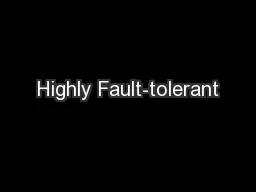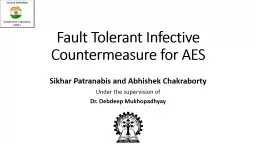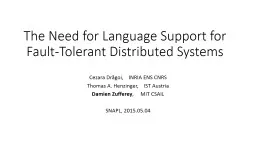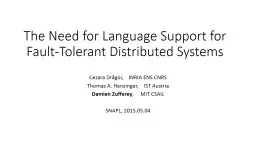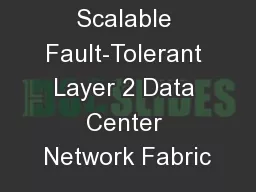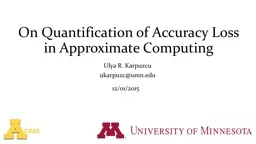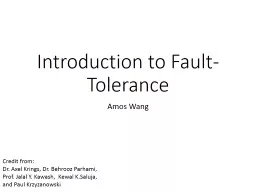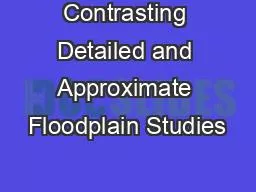PPT-Fault Tolerant Approximate
Author : holly | Published Date : 2024-03-15
BFS Structure Merav Parter and David Peleg Weizmann Institute of Science Israel SODA 2014 Breadth First Search BFS Trees ShortestPath Tree BFS rooted at s Sparse
Presentation Embed Code
Download Presentation
Download Presentation The PPT/PDF document "Fault Tolerant Approximate" is the property of its rightful owner. Permission is granted to download and print the materials on this website for personal, non-commercial use only, and to display it on your personal computer provided you do not modify the materials and that you retain all copyright notices contained in the materials. By downloading content from our website, you accept the terms of this agreement.
Fault Tolerant Approximate: Transcript
Download Rules Of Document
"Fault Tolerant Approximate"The content belongs to its owner. You may download and print it for personal use, without modification, and keep all copyright notices. By downloading, you agree to these terms.
Related Documents



